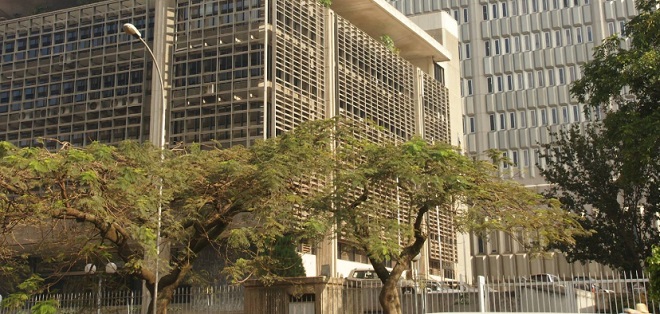
When the Central bank reduced its key bank rate to 14% from 15% early this month, it was expected that commercial banks would respond by cutting their lending rates. This was the third time in a row the Central bank was reducing the CBR by 100 basis points the others being in June when it lowered it to 15% from 16% and in April when it reduced it to 16% from 17% in February.
Indeed, Prime Lending Rates (PLRs) are now down slightly to average of about 22% but not to the required levels according to economists. Eric Nzibonera (Phd), a specialist in corporate finance and investment at the Makerere University College of Business and Management Sciences, described the action as “commendable but not good enough to rejuvenate the economy.”
Commercial banks have slightly reduced prime lending rates and generally, these interest rates are still high. “Annual return on investments on average still ranges between 10% – 15% – far below the lending rates.”
He notes that the reduction in commercial bank lending rates would make a significant change in the economy if the biggest part of borrowed funds were directed towards production and value addition for export and improvement in the foreign exchange earning capacity.
“All in all, the reduction in prime lending rates would encourage borrowing and could have a greater impact in rejuvenating the economy if the biggest portion of borrowed funds is directed to production and value addition rather than consumption,” he adds.
His colleague, Fred Muhumuza, also described it as “only a small gesture of the intention.” He added that since CBR reductions are based on inflation, which BoU does not have direct control over, most banks would wait to see what happens next month and in the period ahead. “Reduction on prime lending rates does not mean much since there are very few prime (less risky) borrowers. It only affects a few borrowers, even then banks can use rationing (screening) whom to lend to at that rate. Not much should be expected soon. It will take months,” he adds.
Stephen Kaboyo, the managing partner at the Alpha Capital, an Investment advisory firm, said BoU’s action was aimed at boosting private sector credit growth and to support economic activity but the spread between the policy rate and the lending rates remains very large. It also becomes more complicated when there is misalignment of rates between the policy rate and the short end Treasury bill rates, whereby Treasury bill rates are trending higher than the policy rate, he adds.
Herman Kasekende, the Standard Chartered Bank managing director told journalists recently that apart from the CBR they also consider the risk adjusted return and government borrowing. He said the rates would come down as the government committed to reduce its borrowing by half from Shs 1.4 trillion in 2015 to Shs 600-700bn in 2016.
****
editor@independent.co.ug
 The Independent Uganda: You get the Truth we Pay the Price
The Independent Uganda: You get the Truth we Pay the Price



